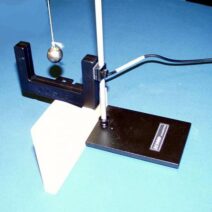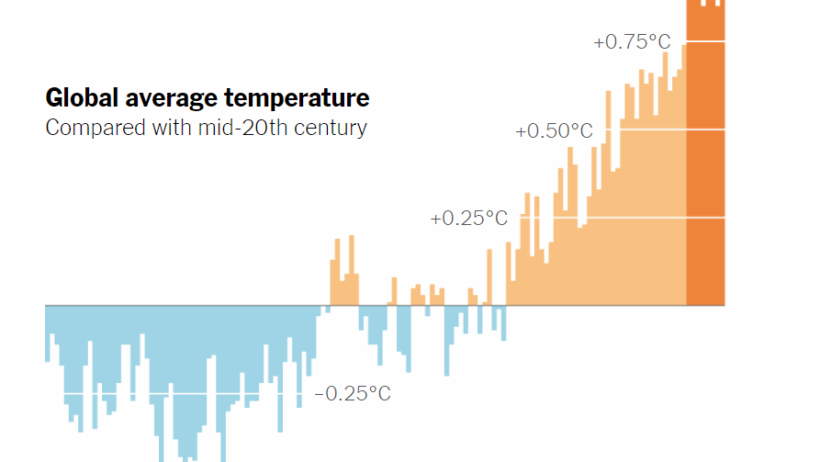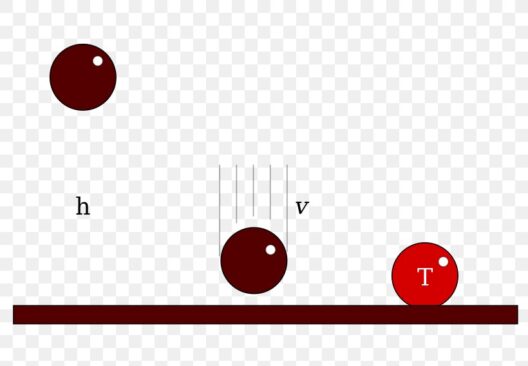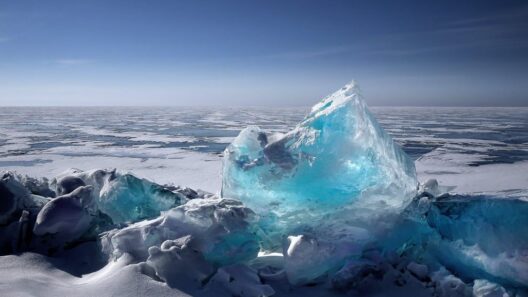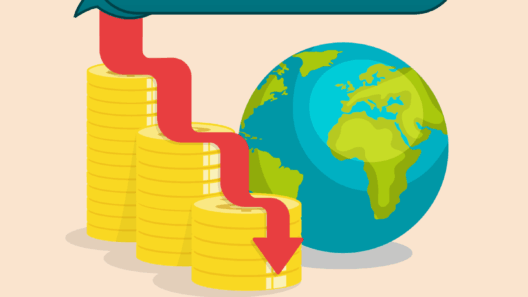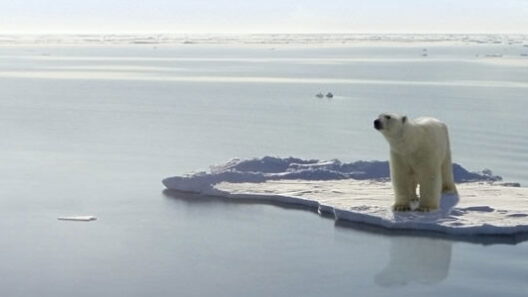The cryosphere, often portrayed as Earth’s frozen heart, is a poignant metaphor for the fragility and beauty of our planet’s ecosystems. It encompasses the vast expanses of ice and snow ranging from the majestic polar ice caps to the granular glaciers that adorn our mountain ranges. However, this picturesque expanse is under siege as global warming exerts its relentless grip, leading to unprecedented challenges that threaten not only the cryosphere but the ecosystems and human societies interconnected with it.
The phenomenon of global warming, marked by rising atmospheric temperatures, creates a cascade of effects that particularly influences the cryosphere. Ice, once a resilient bastion of stability, is beginning to disintegrate under the warmth of a changing climate. Glaciers—nature’s alabaster sentinels—are retreating at an alarming rate. The pace of melting has accelerated over recent decades, transforming these once solid structures into ephemeral sheets of water. The Greenland Ice Sheet, for instance, has lost millions of tons of ice each year, serving as a stark reminder of our planet’s vulnerability.
As icebergs calve and glaciers melt, these massive chunks of ice represent both a physical and symbolic loss. They are not just disappearing; they are being transformed into harbingers of a warming world. Each drop of meltwater contributes to rising sea levels—an encroaching tide that threatens populations living in coastal areas. Low-lying nations are grappling with an existential crisis as their homes and livelihoods risk being swallowed by the encroaching ocean. For instance, the Pacific island nation of Tuvalu stands on the brink of losing its very existence, a compelling narrative of loss woven into the larger fabric of climate change.
The effects of warming extend beyond sea levels. The intricate web of life supported by frozen environments faces unprecedented disruption. Polar bears, emblematic of life in the Arctic, now confront an uncertain future as the sea ice that they rely on for hunting and breeding diminishes. Their struggle is not merely one of survival; it symbolizes the broader ecological upheaval confronting myriad species across the globe. As ecosystems teeter on the brink of collapse, biodiversity becomes threatened, impacting food chains and ecological balance in unfathomable ways.
Furthermore, thawing permafrost—once thought to be an eternal frost—ushers in a new era of vulnerability. This previously stable land is releasing trapped greenhouse gases, namely methane, which are potent contributors to global warming. It is an ironic twist: the very territories that have been a stronghold against warming are now contributing to its acceleration. The cyclicality of the issue underscores the complex relationships within Earth’s systems; thawing ice is not simply a climatic concern—it’s a feedback loop that exacerbates the crisis.
Then there’s the aesthetic shift in our planet’s landscapes. The once white expanses of polar regions are increasingly being replaced by stark shades of gray and brown, an aesthetic marked by loss rather than beauty. This visual transformation is not just a change in scenery; it signifies a profound alteration of the natural world. Glacial retreat reveals underlying landforms and ecosystems that have remained dormant for millennia, sparking interest among scientists and the public alike. Yet, these new landscapes come at a dire cost, and the novelty cannot mask the tragedy of loss.
The unique appeal of the cryosphere, from ethereal ice formations to the silent grandeur of snow-covered peaks, captivates the imagination. It invites exploration and reverence, yet it is a stark reminder of our responsibility. As stewards of the planet, our engagement with the cryosphere must transcend mere admiration. The cascading consequences of our actions reverberate beyond our immediate environment, affecting distant lands and communities.
Addressing the plight of the cryosphere necessitates a multifaceted approach. Mitigating climate change requires a steadfast commitment to reducing greenhouse gas emissions. Transitioning towards renewable energy sources, enhancing energy efficiency, and implementing sustainable practices are pivotal steps toward preserving our frozen realms. The objective is not only to halt further degradation but also to foster resilience in both ecosystems and human communities.
Moreover, fostering awareness about the importance of the cryosphere must enter the mainstream dialogue on climate change. Education serves as an invaluable tool in galvanizing action, fostering a collective sense of responsibility and urgency. Community initiatives, conservation efforts, and global cooperation become essential as we face this monumental challenge. The narrative surrounding the cryosphere’s fate should inspire not just concern but also motivation to enact change.
In conclusion, as the cryosphere crumbles under the unyielding forces of global warming, its significance extends beyond the realms of climate science; it embodies a foundational aspect of our planet’s health. The loss of ice is a clarion call—a reminder that our actions have vast repercussions. Earth, adorned in its icy cloak, beckons for stability and care, awaiting the return of responsible stewardship. It is our duty to heed the call, fostering change and advocating for a sustainable future. In the intricate dance of life, the cryosphere’s fate is inextricably linked to our own, urging us towards sustainable practices that will reinvigorate our frozen realms and uphold the planetary balance.
